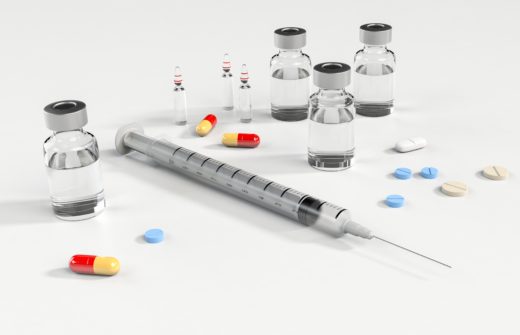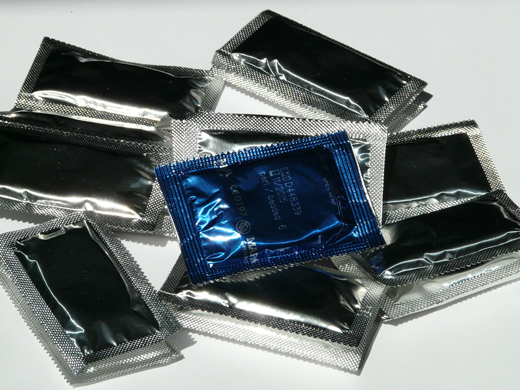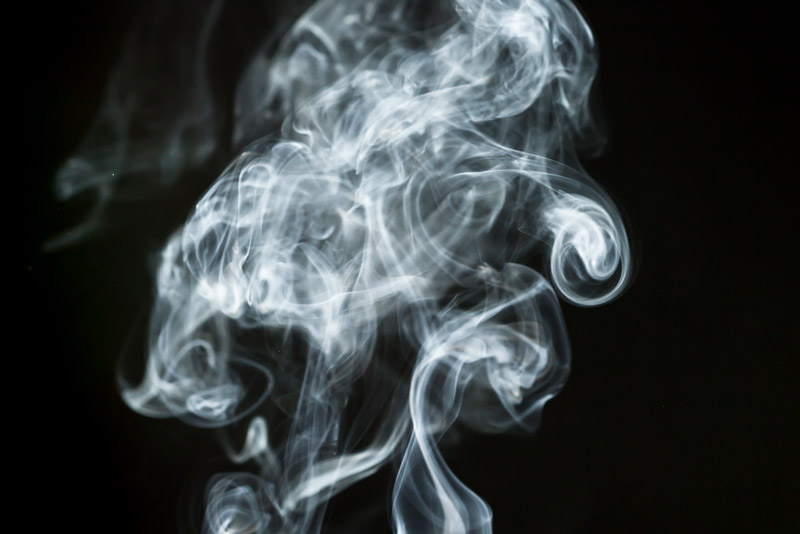If you inject products, do not share any injection gear (needle, cotton wool, water and spoon) because of the risk of spreading diseases including AIDS or hepatitis viruses… Always use new and sterilised gear for each injection. Disinfect the spoon and wash your hands with soap before handling sterilised gear. Use sterilised or mineral water, never use toilet water. Disinfection of the injection site with alcohol swab assures you with maximal protection from infection risks.
After the injection, keep a clean and dry cotton at the injection point for at least 30 seconds. In the absence of a needle collector nearby, neutralize your used gear and throw it all (needle, bag, cotton wool and water) in a can that you will crush and throw in the trash. In France, needle selling is legal in pharmacies.
Furthermore, prevention kits (Stéribox 2®, Kit+®) and Stérifilts® (filters that replace cotton wool filtering 90% of the impurities) are sold in pharmacies or freely distributed by risk reduction associations. The kits in a sterile bag include two insulin syringes, two alcohol swabs, two heating and dilution containers, two dry swabs, two sterile water vials for injection and one condom.
Français








